- 1 How Does a Dewatering Screw Press Machine Work? The Core Mechanism Explained
- 2 Advantages and Disadvantages of Screw Press Dewatering Technology
- 3 Diverse Applications of Screw Press Dewatering in Modern Industries
- 4 Key Factors Influencing the Cost of an Industrial Dewatering Screw Press
- 5 Essential Maintenance Tips for Your Dewatering Screw Press Machine
- 6
- 7 FAQ: Frequently Asked Questions About Dewatering Screw Presses
The dewatering screw press machine is a cornerstone of modern solid-liquid separation technology. Renowned for its efficiency, simplicity, and low energy consumption, it plays a critical role in reducing the volume of sludge and waste materials across numerous industries. This guide provides an in-depth look at the mechanics, benefits, and practical considerations of this versatile equipment, helping you understand its pivotal function in processes like wastewater treatment and beyond.
How Does a Dewatering Screw Press Machine Work? The Core Mechanism Explained
Understanding the operational principle of the how does a screw press dewatering machine work is fundamental to appreciating its efficiency. At its heart, the machine utilizes a continuous mechanical pressure system to separate liquids from solids. The process is both elegant and highly effective, relying on a rotating screw within a cylindrical screen to gradually increase pressure on the slurry.
Key Components of a Screw Press
Every screw press is built around several critical components that work in unison. Recognizing these parts is key to understanding maintenance and performance.
- Inlet Hopper: The point where the slurry mixture is fed into the machine.
- Rotating Screw (Auger): The central shaft with helical flights that conveys the material and applies increasing pressure.
- Screen Cylinder: A perforated or wedge-wire screen that allows filtrate (liquid) to escape while retaining solids.
- Outlet Cone (Back Pressure Plate): An adjustable component that creates the necessary pressure for final dewatering by restricting the discharge.
- Filtrate Collection Tray: Channels the separated liquid away for further processing or discharge.
The Step-by-Step Dewatering Process
The dewatering process is a continuous cycle that can be broken down into distinct phases, each crucial for achieving a high solids content cake.
- Feed and Gravity Drainage: The slurry enters and is initially distributed, allowing free water to drain through the screen by gravity.
- Conveyance and Preliminary Compression: The rotating screw transports the material forward, gently compacting it.
- High-Pressure Zone: As the material approaches the discharge cone, the pitch between the screw flights decreases, and the space narrows, creating significant pressure that squeezes out bound water.
- Discharge: The final dewatered, solid cake is extruded through the outlet, while the clarified filtrate is collected separately.
Advantages and Disadvantages of Screw Press Dewatering Technology
When evaluating dewatering options, a clear understanding of the advantages and disadvantages of screw press dewatering is essential for making an informed decision that aligns with specific operational needs and constraints.
Why Choose a Screw Press? Key Benefits
Screw presses offer a compelling set of advantages that make them suitable for a wide range of applications, particularly where energy efficiency and low maintenance are priorities.
- Low Energy Consumption: They operate at low speeds and pressures, resulting in significantly lower power usage compared to centrifugal dewaterers.
- Quiet and Clean Operation: The enclosed system minimizes odor release and noise, making them ideal for installations near residential areas or inside facilities.
- Minimal Vibration: The slow rotational speed eliminates excessive vibration, reducing structural requirements and wear.
- Simple Operation and Automation: They are relatively easy to control and can be fully automated for continuous, unattended operation.
Limitations to Consider Before Investment
Despite their many benefits, screw presses are not a universal solution. Certain limitations must be acknowledged during the selection process.
- Sensitivity to Feed Quality: Variations in solid concentration, particle size, and abrasiveness can affect performance and may require pre-conditioning of the feed.
- Lower Cake Dryness Compared to Some Technologies: While efficient, they may not achieve the same ultimate solids content as a filter press or centrifuge for some materials.
- Potential for Screen Blinding: Fibrous or sticky materials can clog the screen openings, requiring regular cleaning.
Diverse Applications of Screw Press Dewatering in Modern Industries
The versatility of the dewatering screw press machine is demonstrated by its widespread use across various sectors. Its ability to handle diverse materials makes it an invaluable asset, particularly when examining the applications of screw press dewatering in wastewater treatment and other fields.
Applications in Municipal and Industrial Wastewater Treatment
This is one of the most common and critical applications, where screw presses are used to reduce the volume of sludge for more cost-effective disposal or further processing.
- Municipal Sewage Sludge: Dewatering of activated sludge, digested sludge, and primary sludge.
- Industrial Wastewater: Treatment of sludge from food processing (e.g., dairy, meat, vegetables), pulp and paper mills, and chemical plants.
Beyond Wastewater: Other Notable Uses
The technology's utility extends far beyond traditional wastewater settings, showcasing its adaptability.
- Agriculture: Separating liquid manure into solid fertilizer and reusable water.
- Food and Beverage: Dejuicing fruits and vegetables, recovering protein, and processing spent grains from breweries.
- Biofuels: Dewatering of algal biomass or other feedstocks for biofuel production.
Key Factors Influencing the Cost of an Industrial Dewatering Screw Press
Determining the cost of industrial dewatering screw press is not a matter of a single price tag. It involves considering both the initial capital investment and the long-term operational expenditures. The total cost is influenced by several key factors.
The following table provides a breakdown of the primary cost components to consider when budgeting for a dewatering screw press machine.
| Cost Factor | Description | Impact on Price |
| Capacity and Throughput | Larger machines designed for higher volumes of sludge. | Higher capacity significantly increases capital cost. |
| Materials of Construction | Standard carbon steel vs. corrosion-resistant stainless steel (e.g., 304 or 316). | Stainless steel is more expensive but essential for corrosive applications. |
| Level of Automation | Basic manual controls vs. fully automated PLC systems with remote monitoring. | Increased automation adds to the initial cost but reduces labor. |
| Additional Features | Pre-conditioning systems, washwater systems, variable frequency drives (VFDs). | Adds functionality and cost. |
Understanding Operational Expenses (OPEX)
Beyond the purchase price, the ongoing operational costs are crucial for a true total cost of ownership calculation.
- Energy Consumption: Typically low for screw presses, but varies with motor size and operating hours.
- Labor: Required for monitoring, feeding, and routine maintenance.
- Screen Replacement: Wear parts like screens will need periodic replacement based on material abrasiveness.
- Polymer Consumption: Many applications require chemical conditioning (flocculants) to improve dewatering efficiency, which is a recurring cost.
Essential Maintenance Tips for Your Dewatering Screw Press Machine
Proper upkeep is the key to maximizing the lifespan and efficiency of your equipment. Adhering to a structured maintenance schedule can prevent costly downtime and repairs. Here are some crucial maintenance tips for dewatering screw press machine operations.
Daily and Weekly Maintenance Checklist
Consistent, routine checks are the first line of defense against operational issues.
- Daily: Visually inspect for leaks, unusual noises, or vibrations. Check the discharged cake consistency for any changes.
- Weekly: Lubricate bearings and other moving parts as per the manufacturer's guidelines. Inspect the screen for signs of wear or blinding.
- As Needed: Perform a high-pressure wash to clean the screen and internal components, especially after processing sticky materials.
Troubleshooting Common Operational Issues
Being able to identify and address common problems quickly is a vital skill for operators.
- Issue: Wet Cake Discharge. Possible causes include a worn-out screw, clogged screen, insufficient polymer dosage, or incorrect back-pressure setting.
- Issue: Low Throughput. This could be due to a blocked inlet, low feed solids concentration, or a worn screw.
- Issue: Excessive Vibration or Noise. Often indicates worn bearings, misalignment, or an object lodged in the screw assembly.
Integrated Horizontal Food Grade Spiral Screw Sludge Dewatering Machine QXDL-252
FAQ: Frequently Asked Questions About Dewatering Screw Presses
What is the typical dry solids content achievable with a screw press?
The final dry solids content varies significantly based on the feed material's characteristics. For municipal biological sludges (like activated sludge), a screw press can typically achieve 15-25% dry solids. For fibrous materials (like manure or pulp), it can often reach 25-40%. Pre-conditioning with flocculants is usually required to achieve these results.
How does a screw press compare to a centrifuge for sludge dewatering?
Both are continuous dewatering devices, but they operate on different principles. Screw presses use gradual mechanical pressure, while centrifuges use high centrifugal force. Key differences include:
- Energy Use: Screw presses are generally more energy-efficient.
- Noise & Vibration: Screw presses operate much more quietly and with less vibration.
- Cake Dryness: Centrifuges can sometimes produce a drier cake, but this is material-dependent.
- Maintenance: Centrifuges have higher wear parts (like scrolls) and can be more maintenance-intensive.
Can a screw press handle abrasive materials?
Yes, but with considerations. Abrasive materials will accelerate wear on the screw and the screen. To handle abrasives, it is crucial to specify a dewatering screw press machine constructed with wear-resistant materials, such as hardened steel on the screw flights and specially coated screens. Even with these upgrades, maintenance intervals for part inspection and replacement will likely be shorter.
Is polymer always required for effective dewatering with a screw press?
While not always *absolutely* required, the use of polymer flocculants is highly recommended for most organic sludges (especially municipal wastewater sludges). The polymer binds fine particles together into larger flocs, which dramatically improves water release and prevents fine solids from passing through or blinding the screen. For some coarse, fibrous materials (like livestock manure), effective dewatering may be possible without polymer.

 ENG
ENG
 English
English русский
русский Español
Español Tiếng Việt
Tiếng Việt ไทย
ไทย
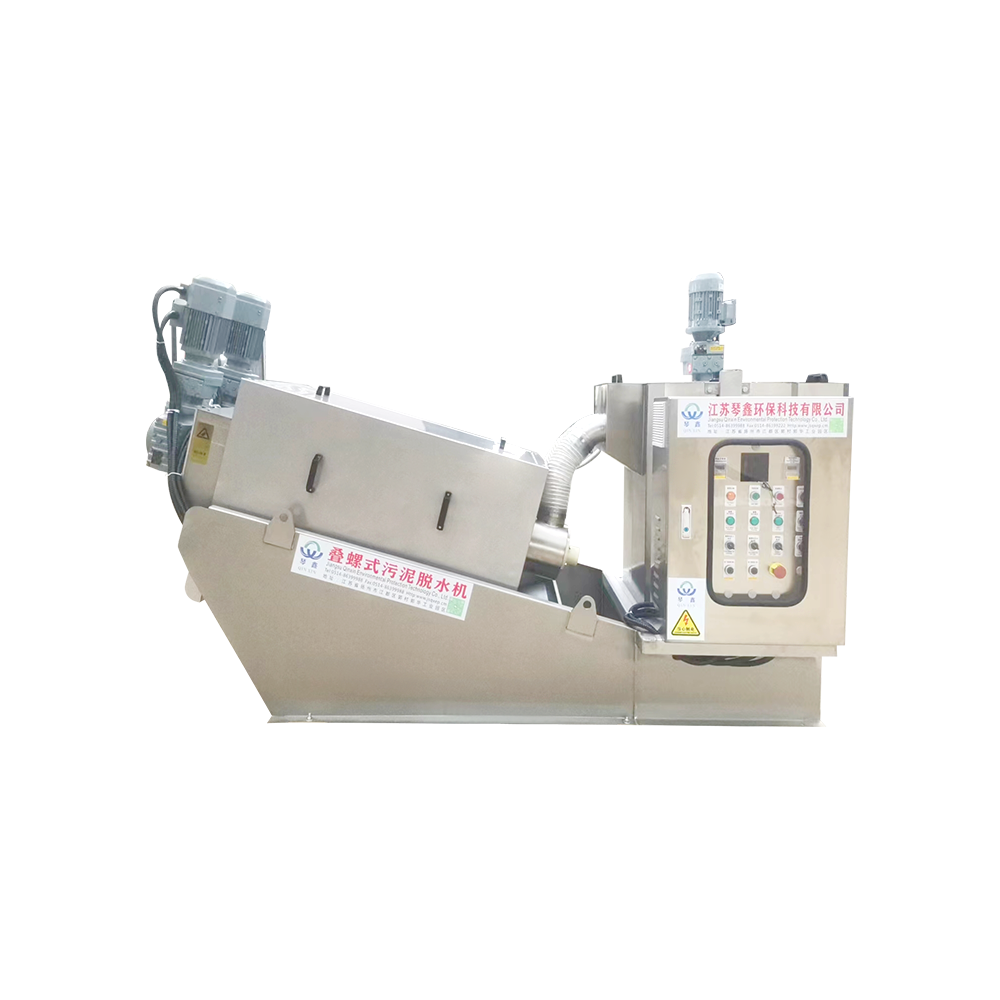
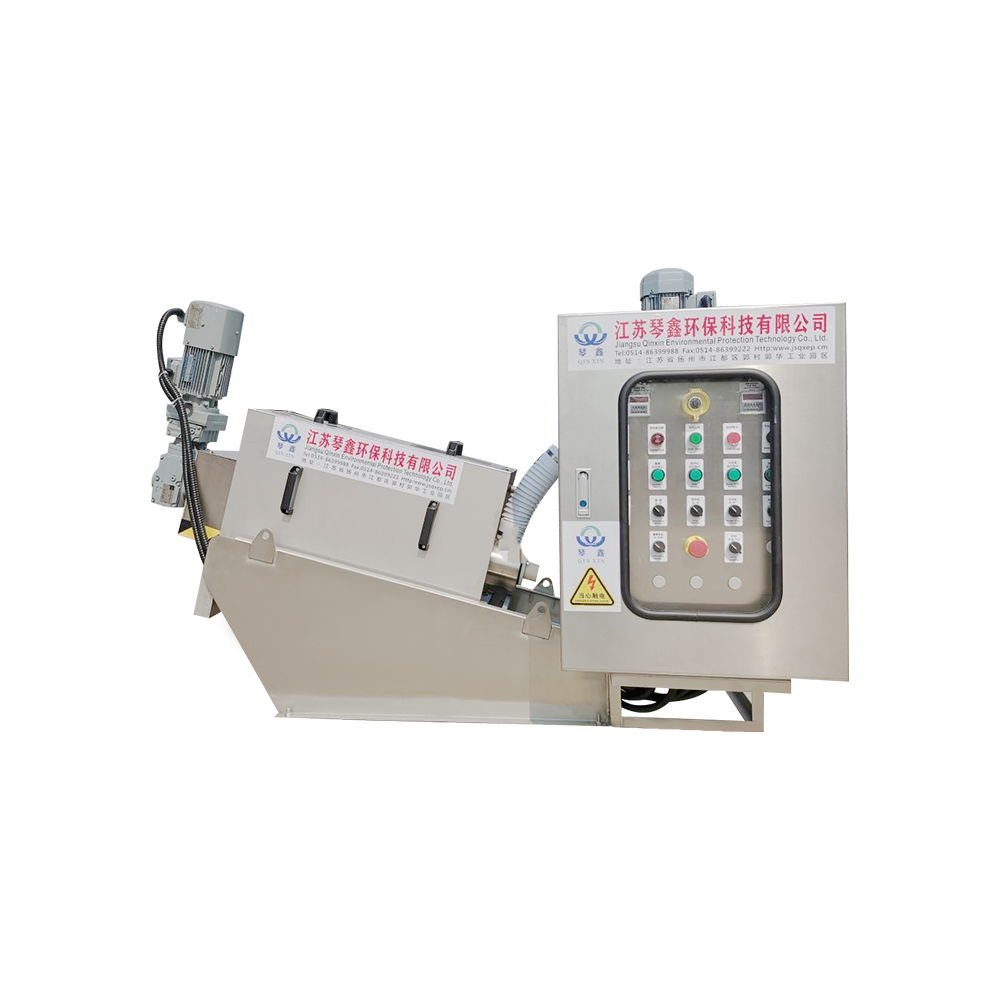
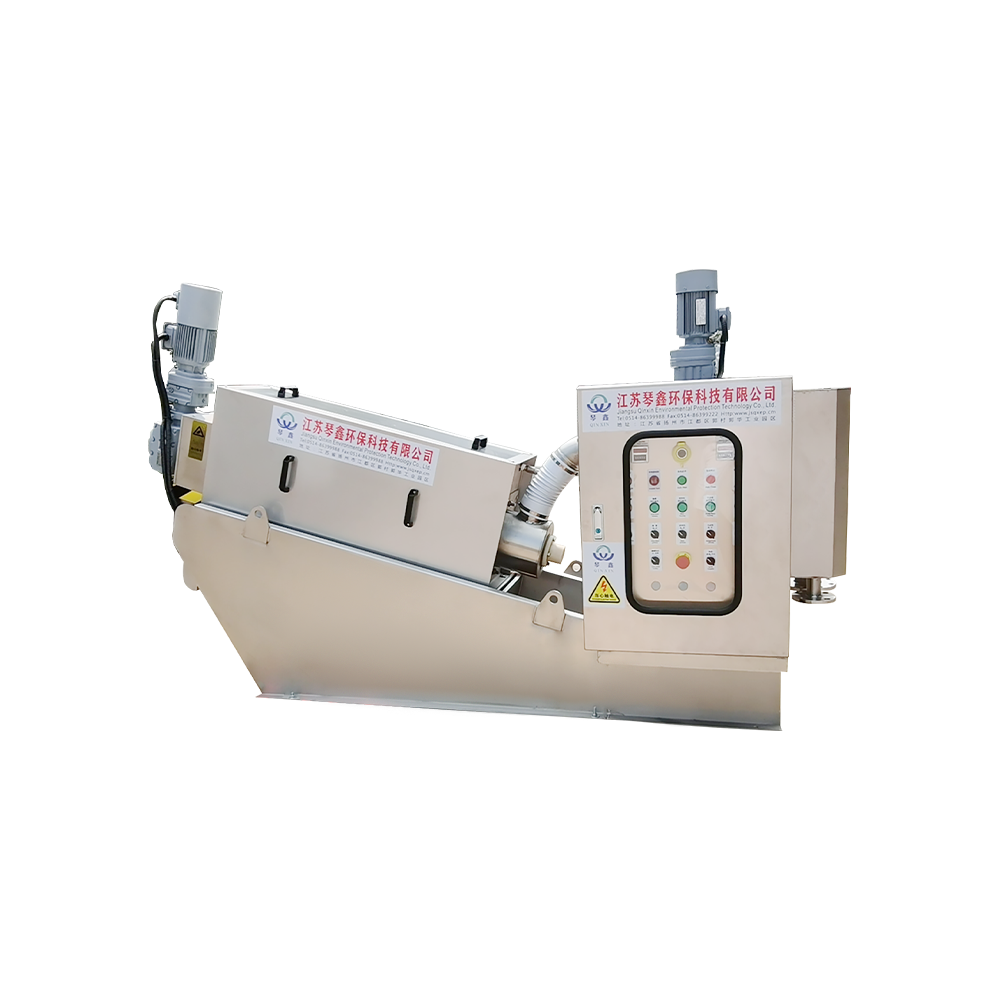
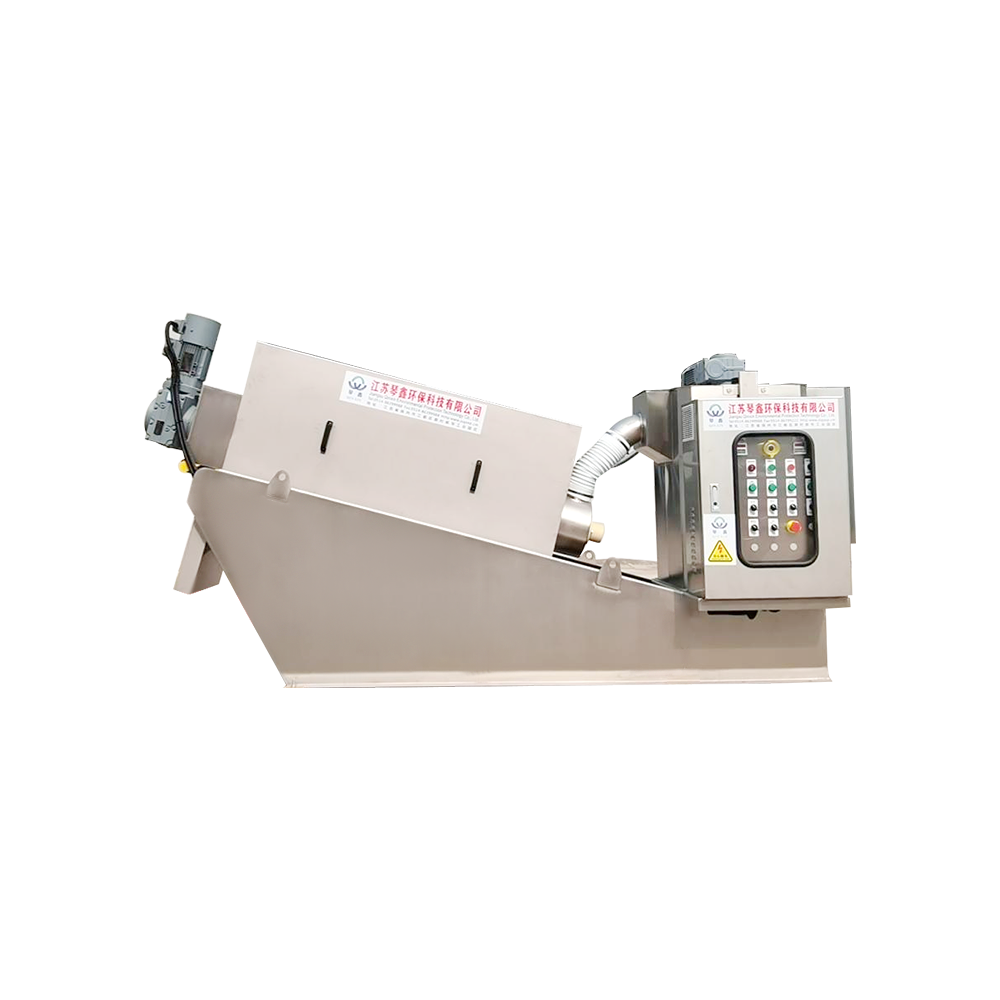
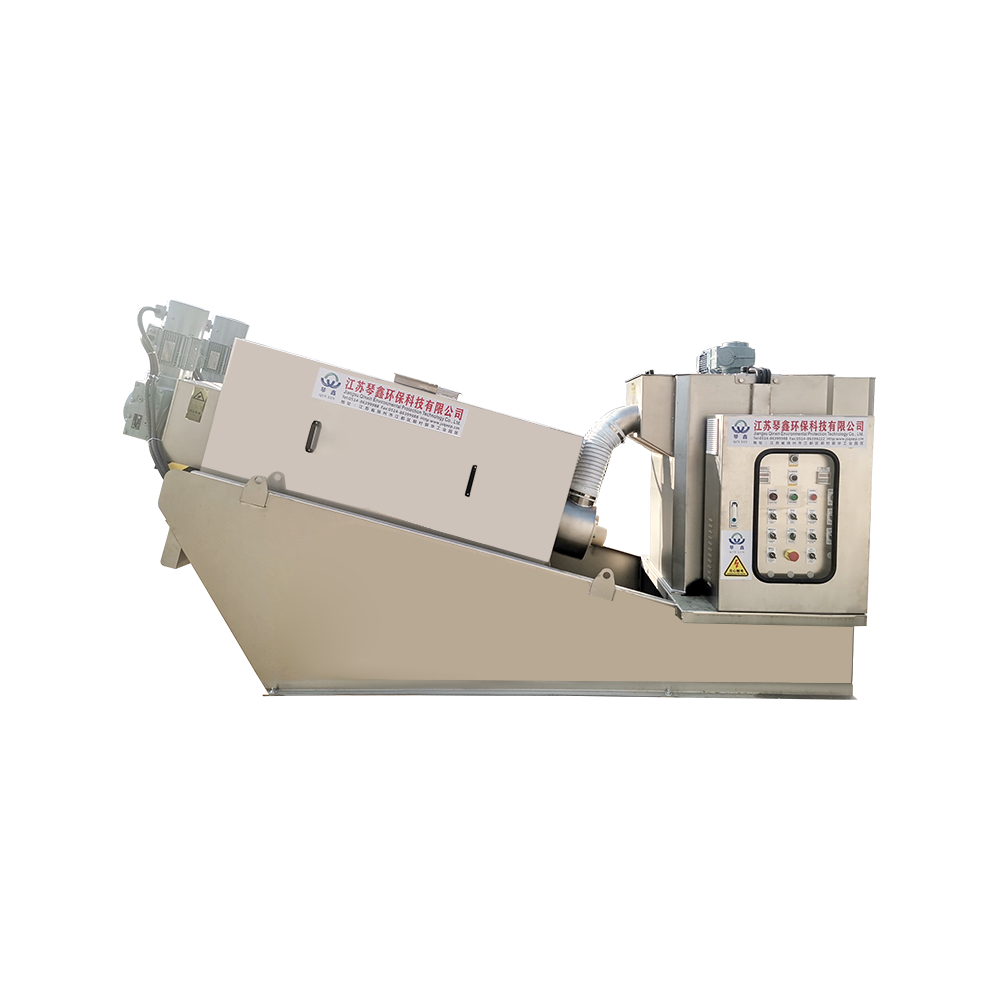
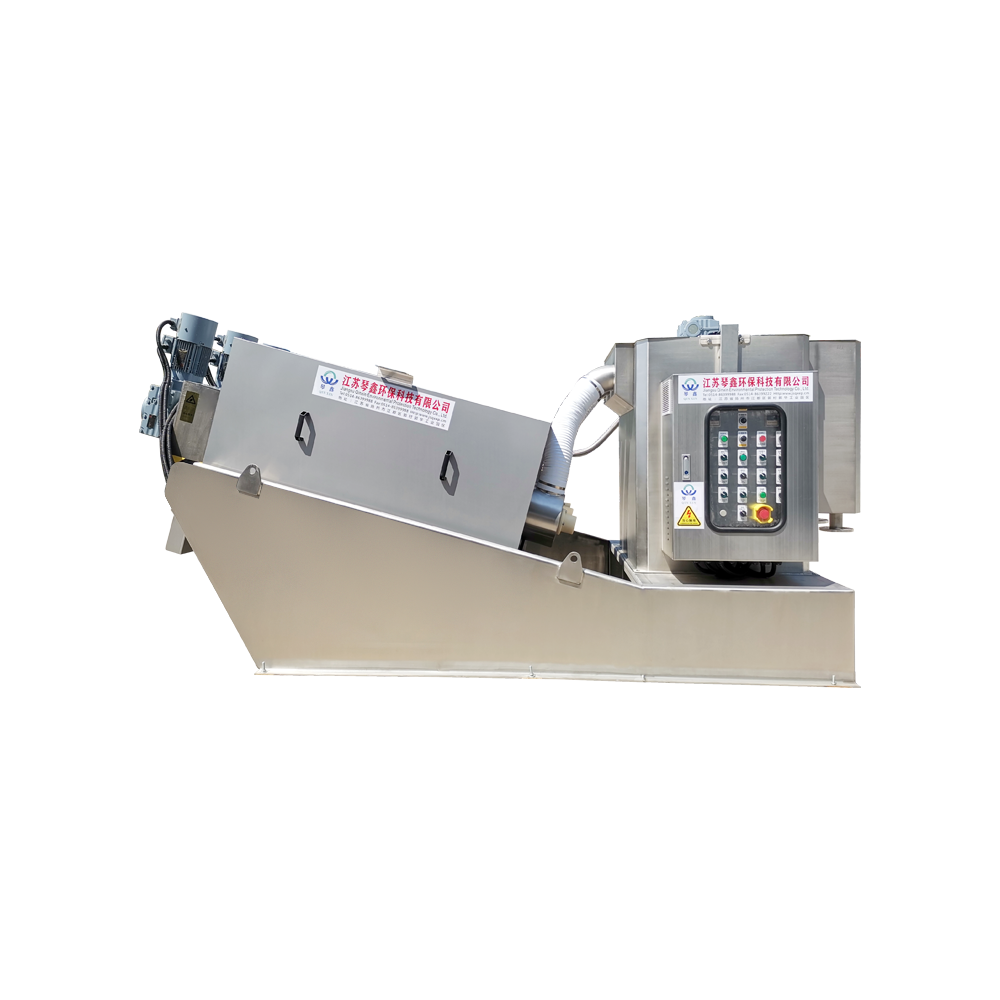
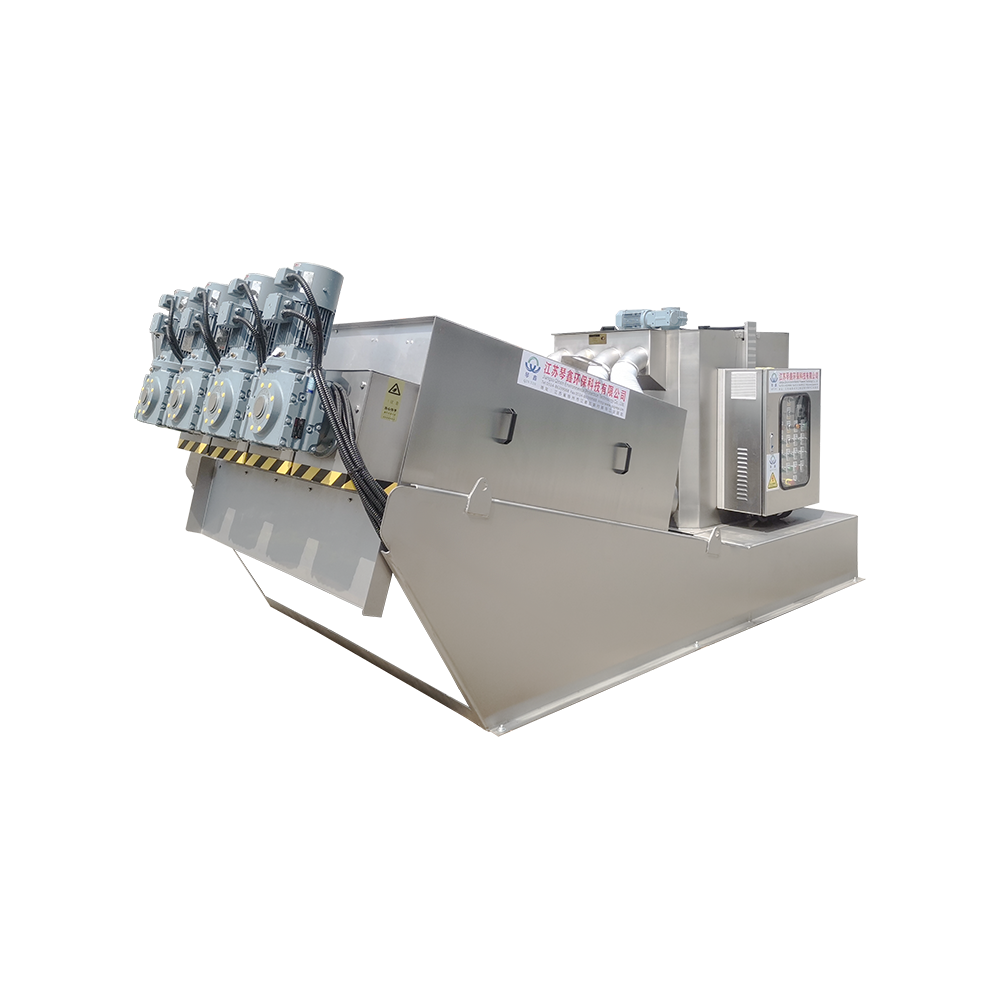
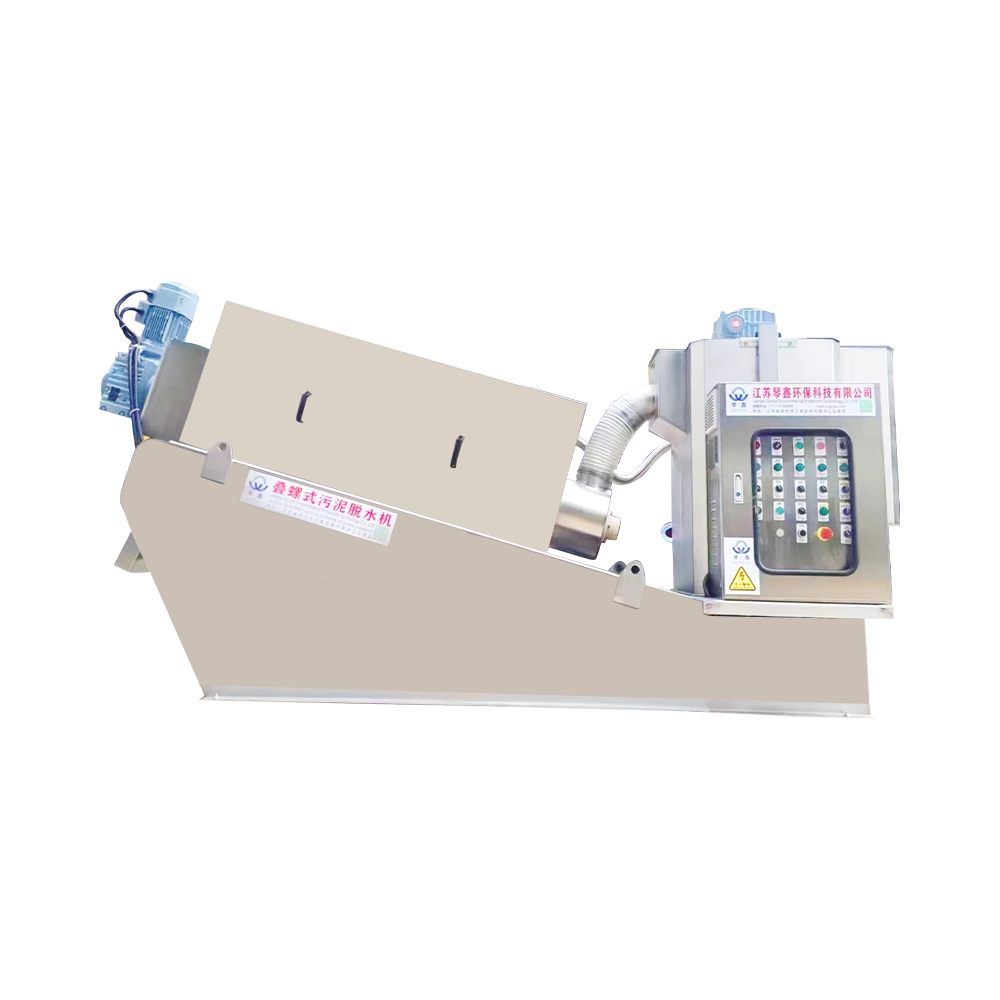
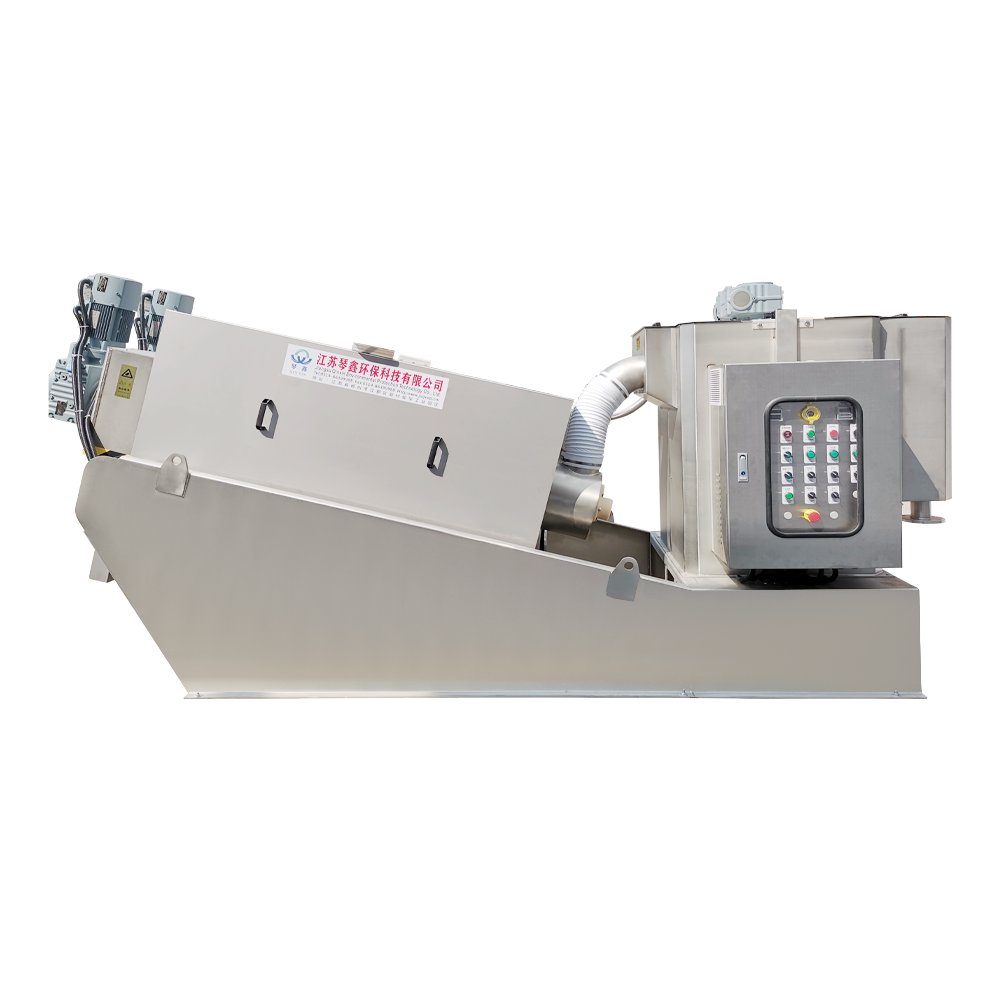
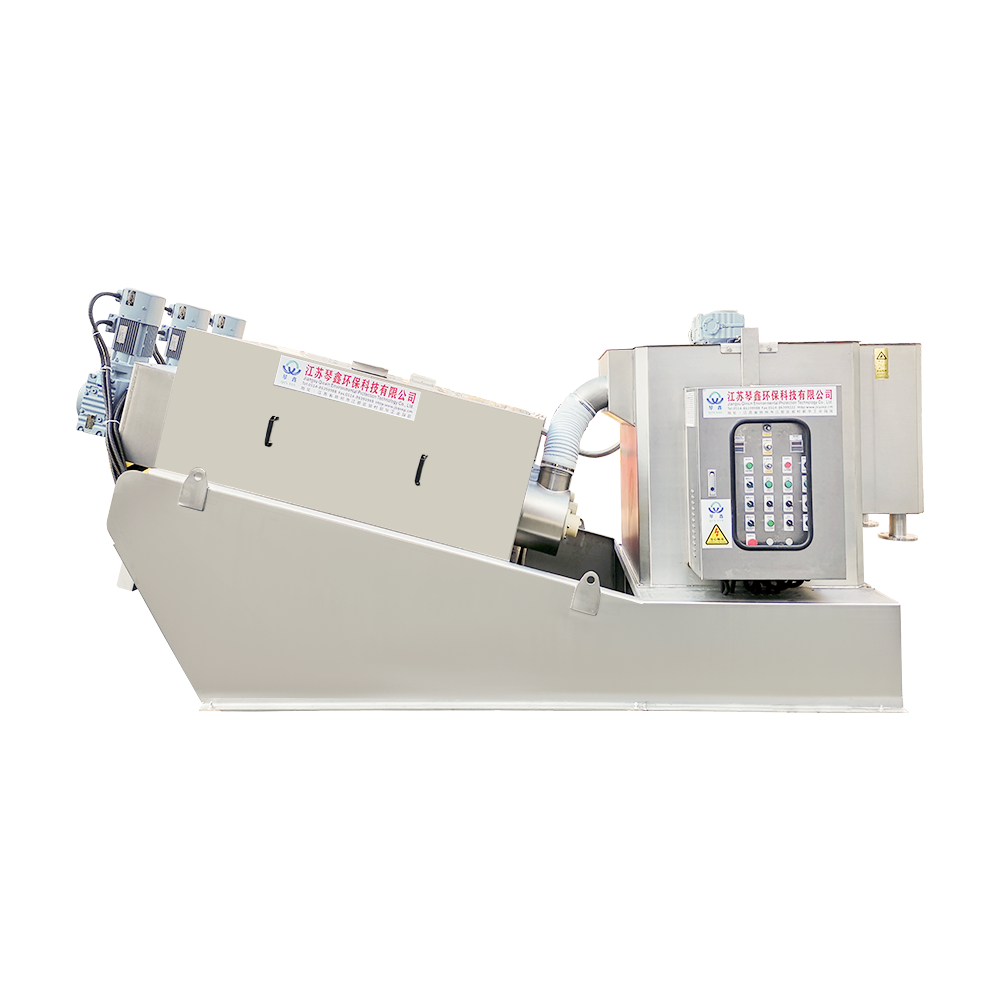
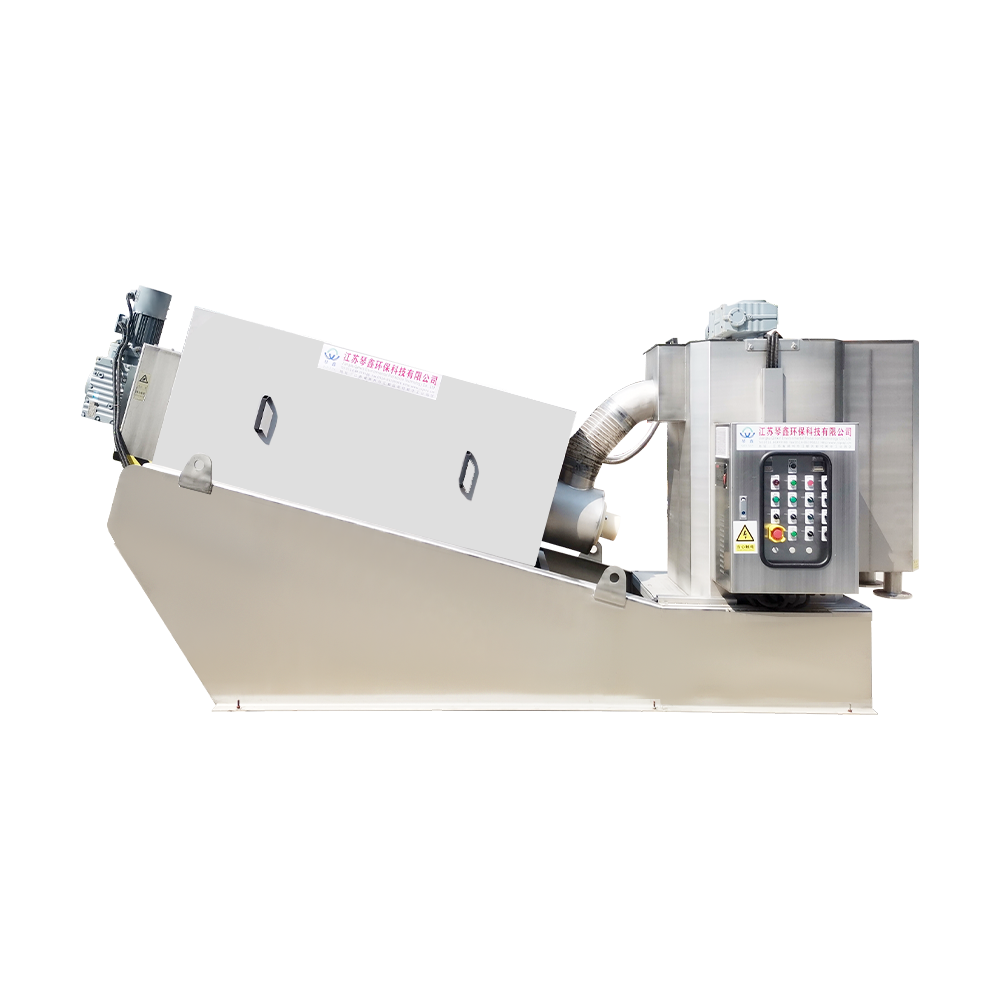
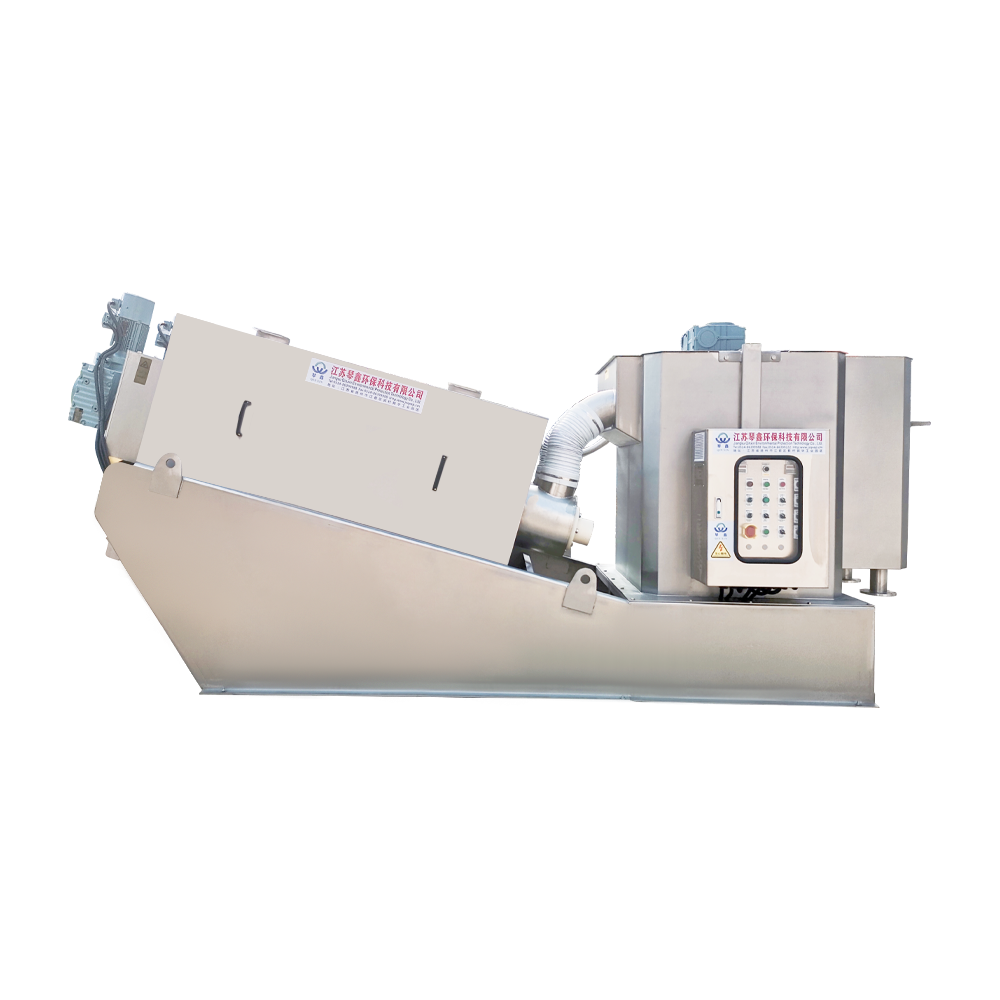
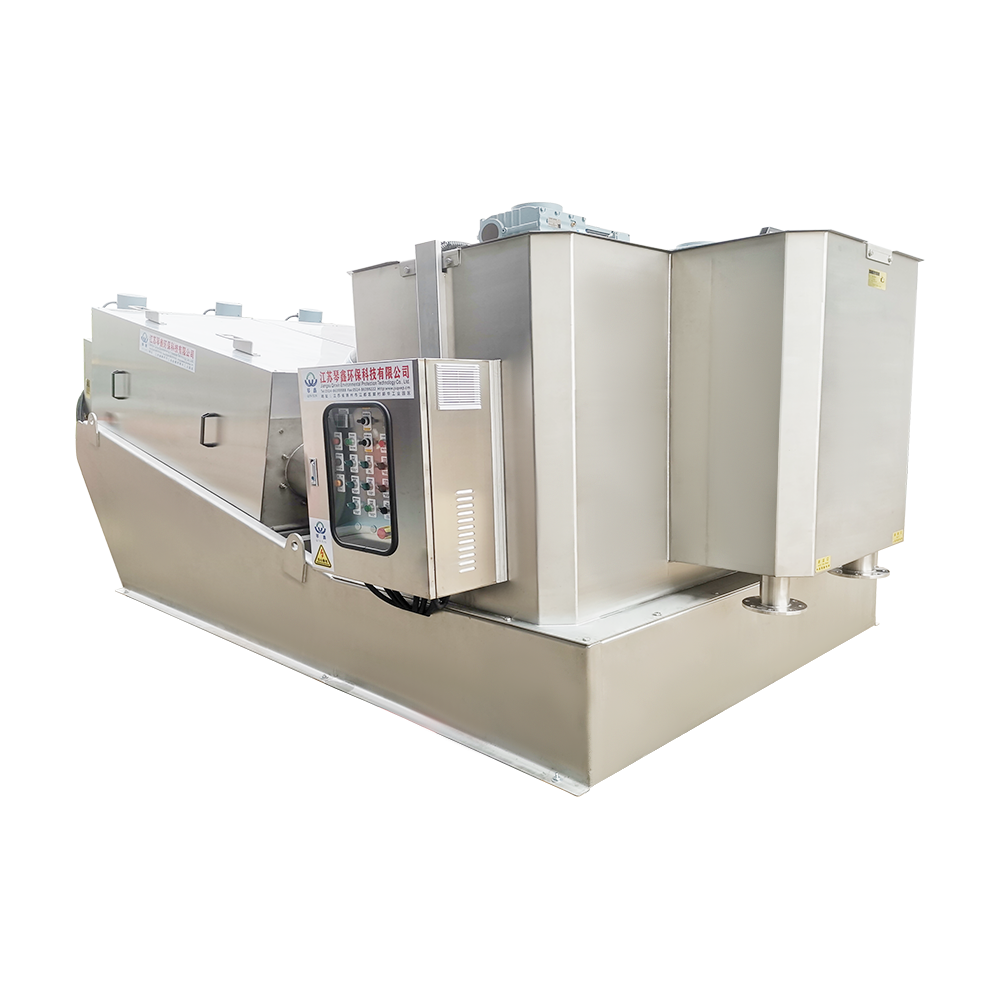
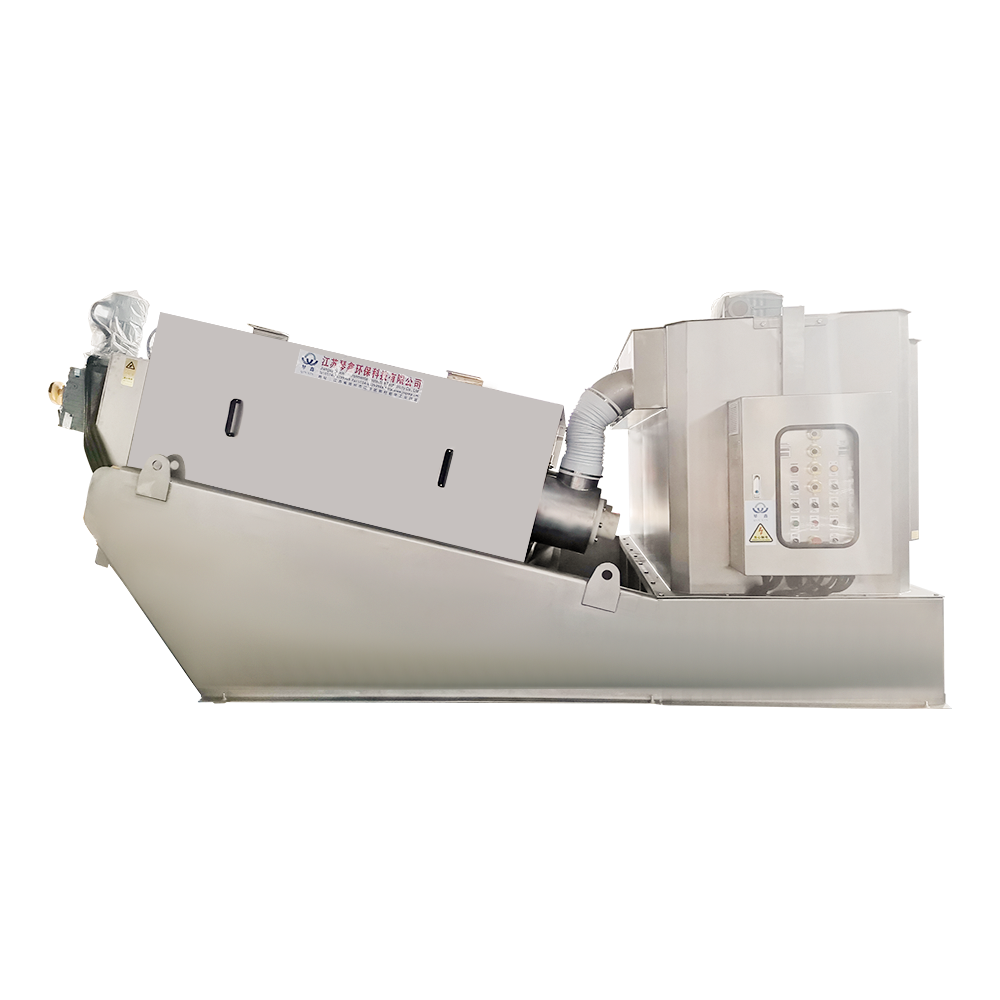
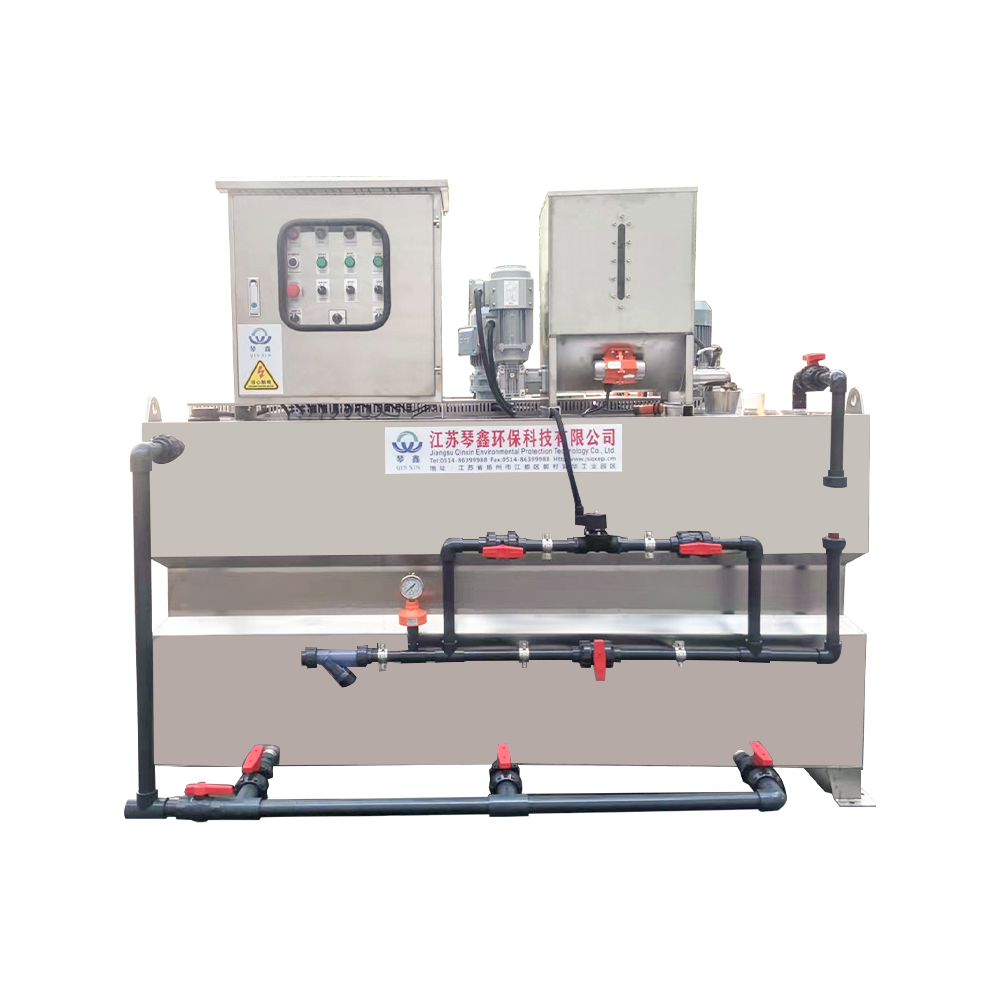

 TOP
TOP